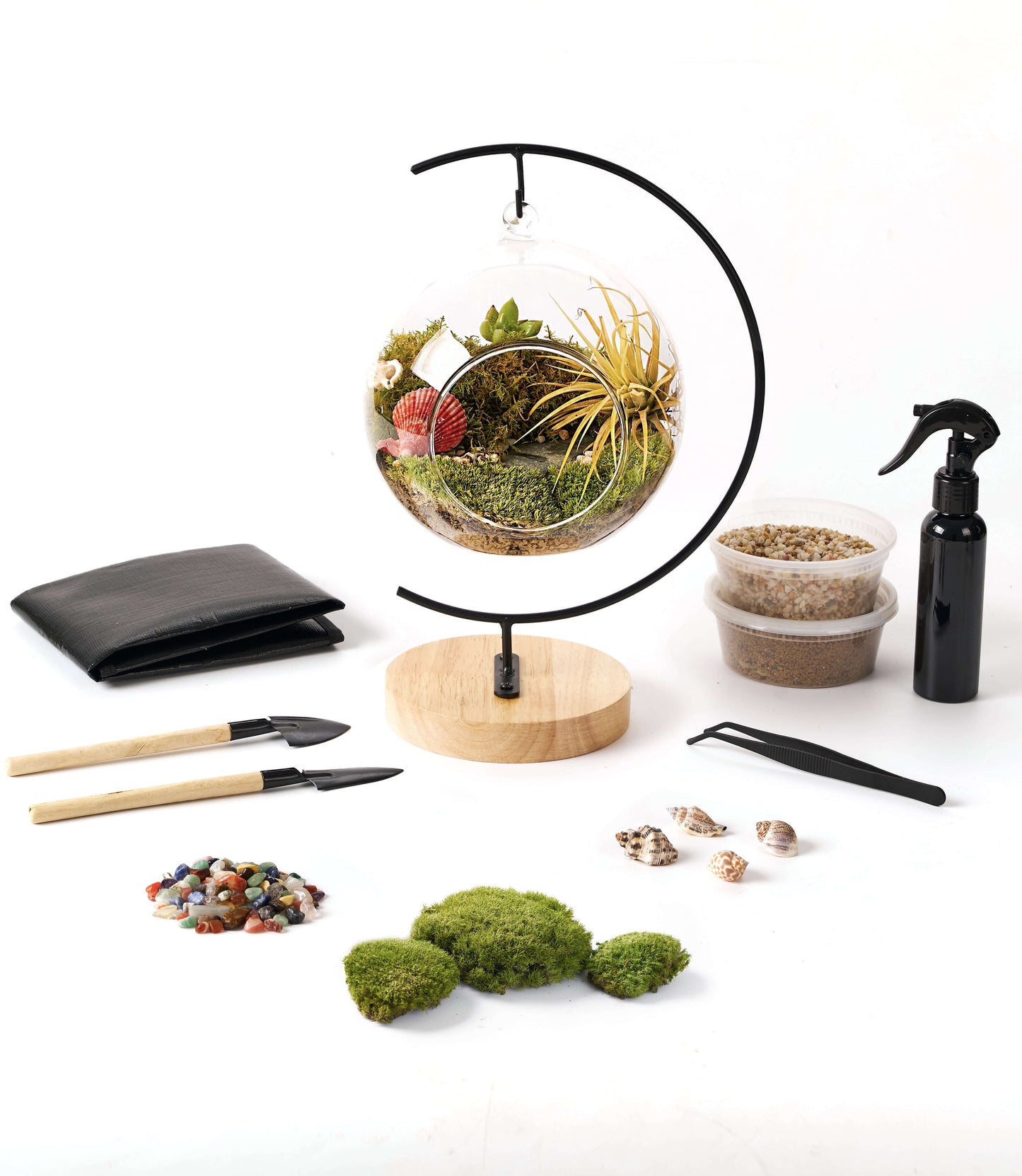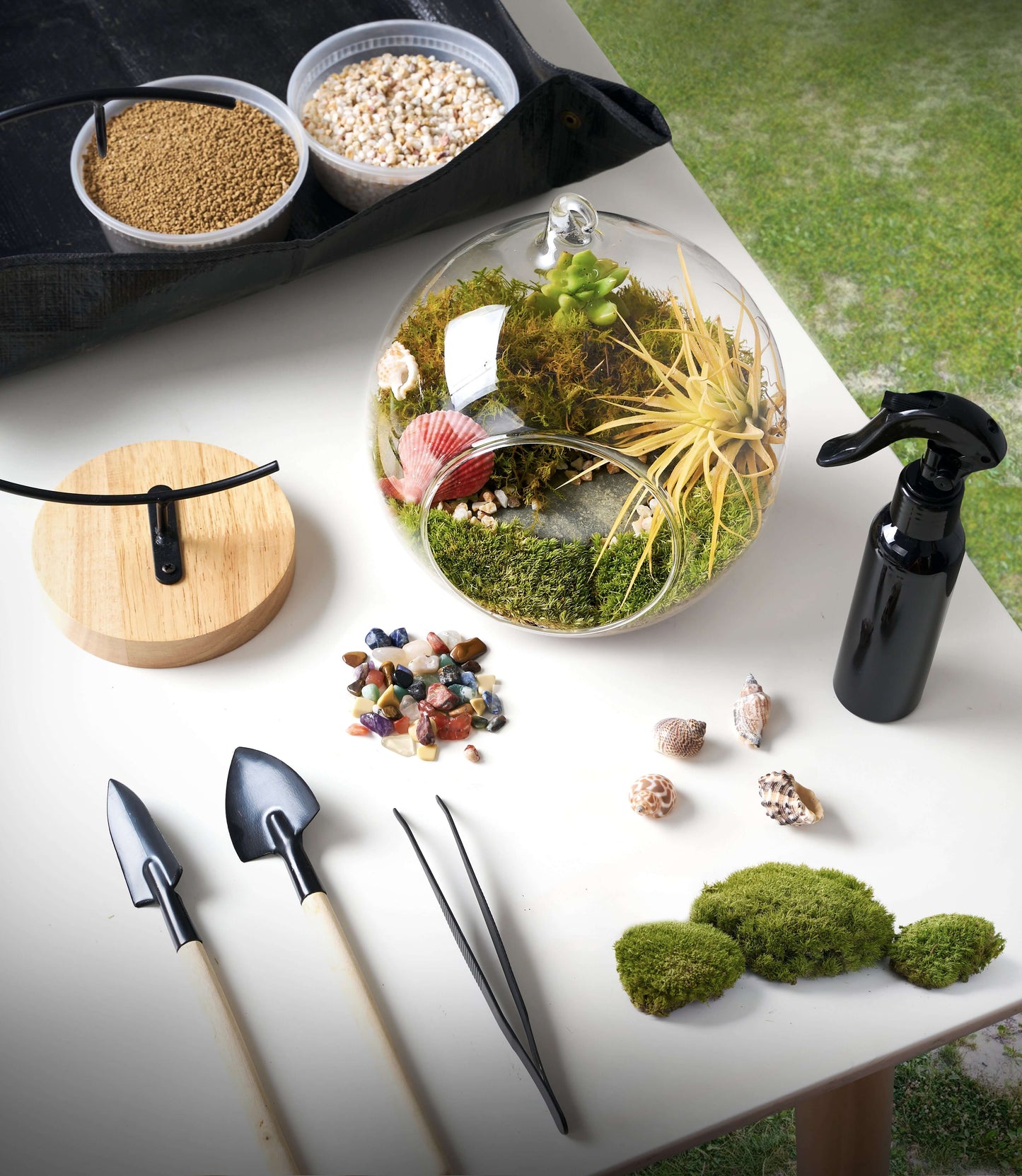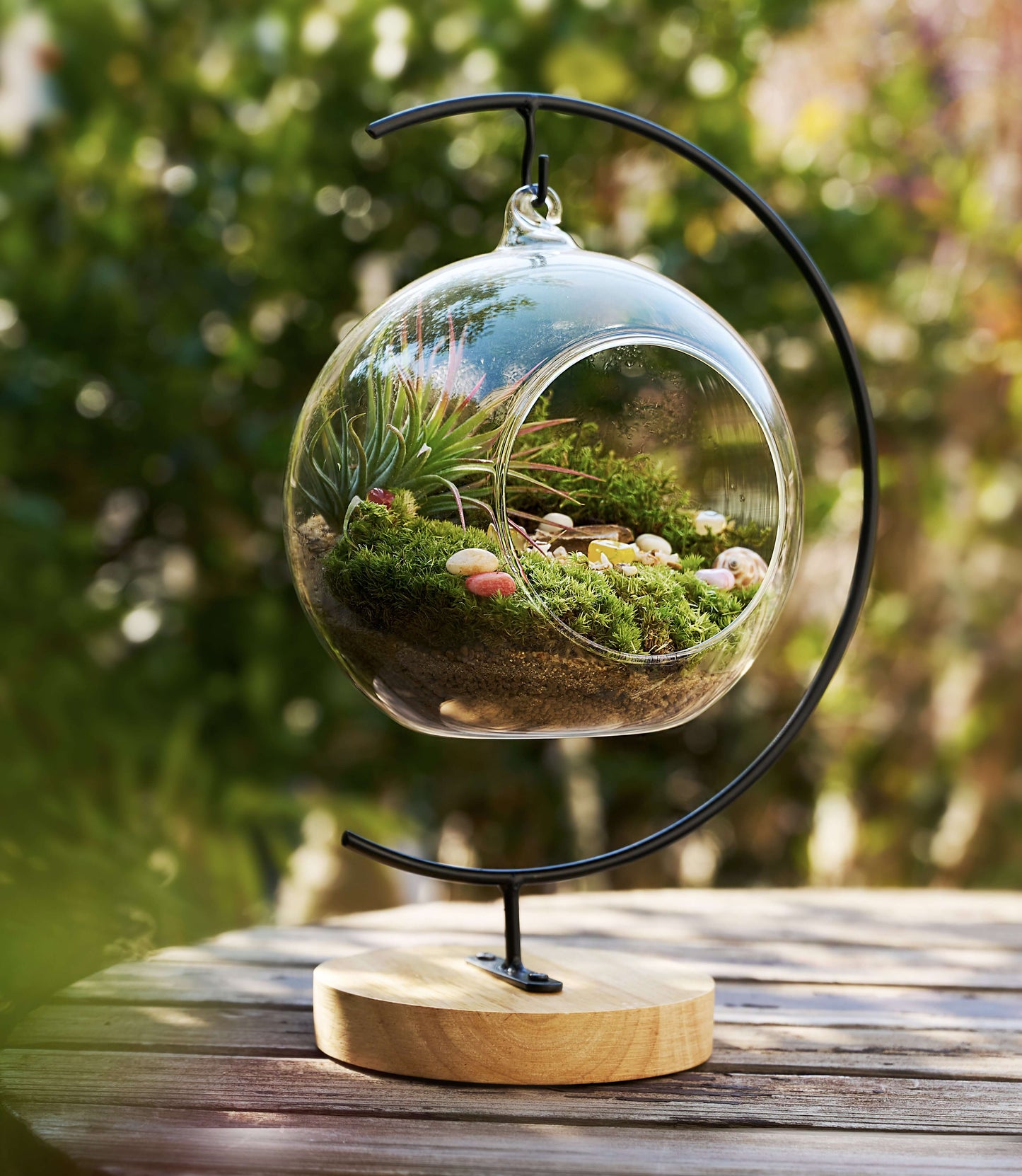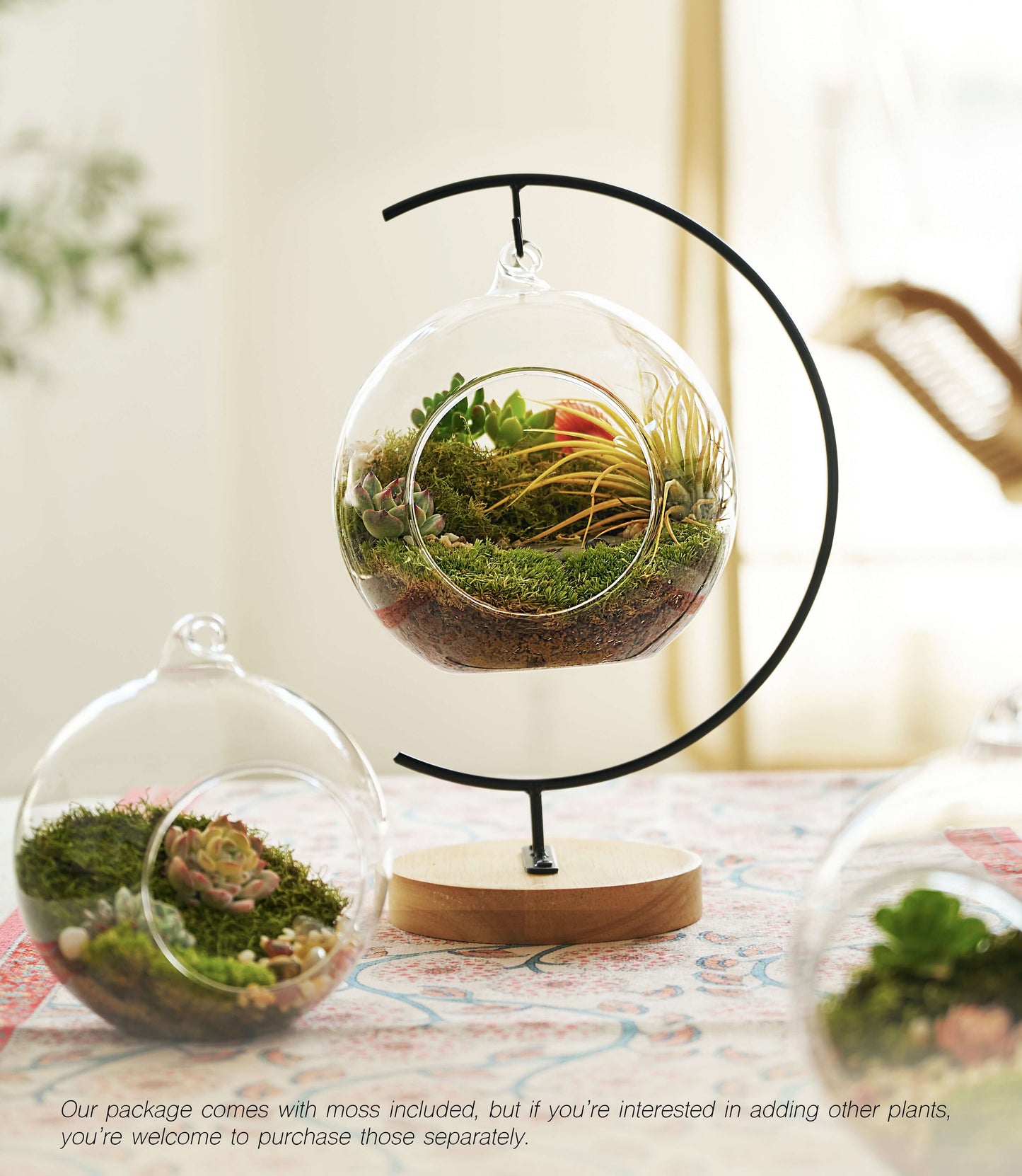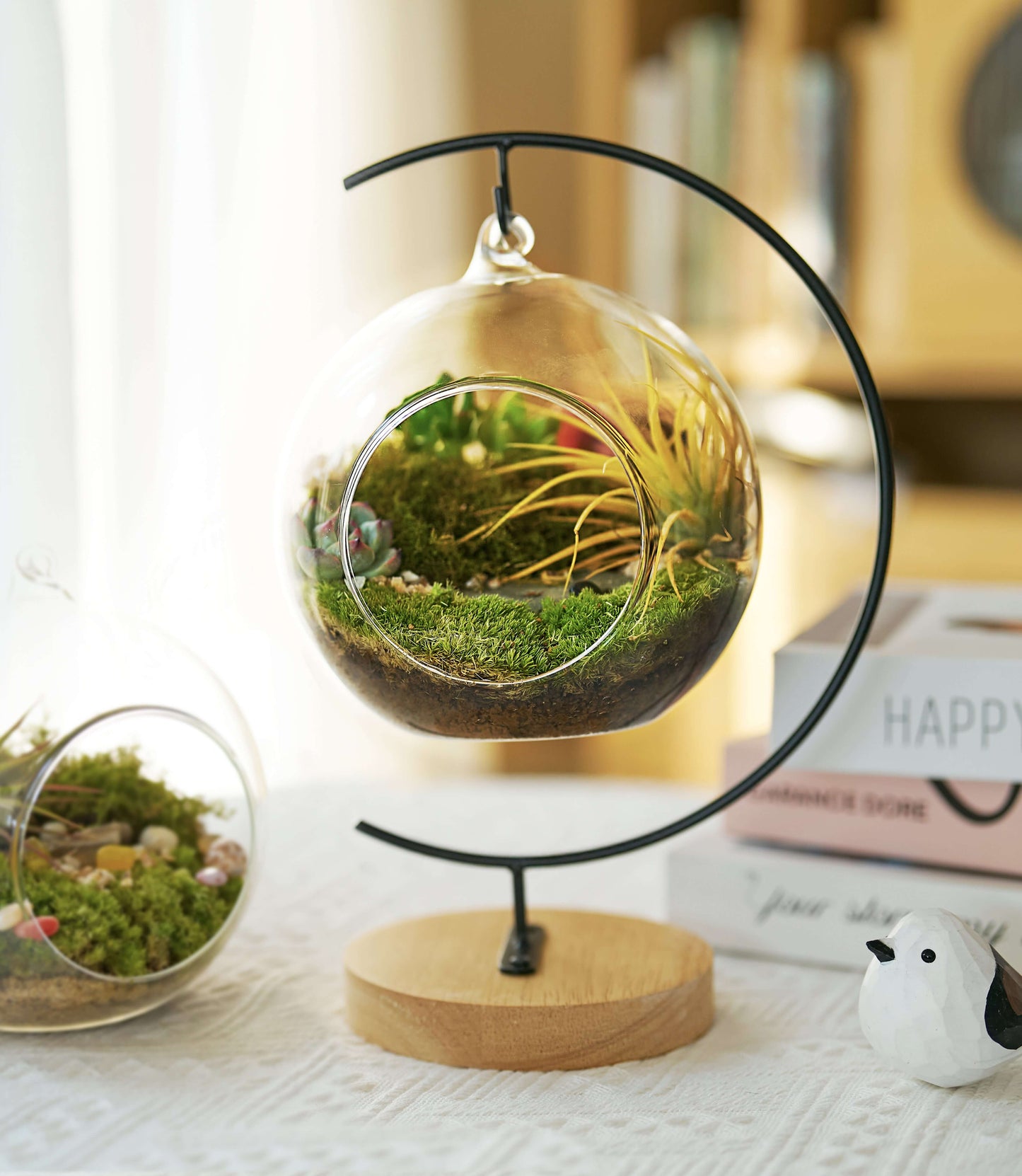Why Trimming Moss Matters
I’ve been on both sides. At first, I was afraid trimming would “hurt” the moss, so I let it grow wild… until I noticed the bottom turning yellow and mold creeping in. Then I swung the other way, grabbed scissors, and trimmed too hard. What was once a smooth green surface turned into a patchy lawn.
What I’ve come to realize is this: trimming moss isn’t about making it grow faster. It’s more like giving it a little check-up. A light trim clears away dead leaves, improves airflow, and stops the layer from getting too thick. Done right, it helps your moss stay fresh and mold-free.
Trimming Is Maintenance, Not Magic
Even the Royal Horticultural Society points out that healthy moss is really about airflow and balanced moisture. I like to think of trimming like a haircut. Cutting your hair doesn’t make it grow quicker—it just keeps it neat and lets your scalp breathe. Moss is the same way. Snipping off yellow tips or thinning dense spots stops the bottom layer from suffocating and keeps everything looking tidy.
And mosses have personalities. Sheet moss spreads sideways like a carpet, so it just needs its edges tidied. Cushion moss forms little pillows—touch the core and the whole mound collapses. Rock cap moss hugs stone, and fern-like moss stands up like tiny groves. Each asks for a slightly different approach, and learning their quirks has made trimming feel more like a conversation than a chore.
- It’s piling over ~2 cm and the bottom looks tired.
- Color drifts to dark olive or the tips brown.
- There’s a sour smell or stubborn condensation—ventilate first, then trim.
How I Trim Different Types
Sheet Moss (the “green carpet”)
These like to sprawl sideways, covering the surface like a living rug. I give them a light mist, then run fine scissors along the uneven edges. I always brush away clippings—leaving scraps is like leaving food for mold. A last gentle mist, then I crack the lid for 10–15 minutes.
Skim, don’t scalp. Go in one direction to keep the carpet smooth—no bald patches.
Cushion Moss (the “little pillows”)
Round, compact mounds. I only tidy the outside and pick off brown tips with tweezers. I once dug into the middle and the whole mound collapsed—it never came back the same.
If you spot a small mold dot at the base, lift it out with a toothpick—no need to tear the clump apart.
Rock Cap Moss (the “stone hats”)
This type hugs rocks tightly. I follow the leaf direction and thin only the top layer, keeping the uneven “weathered” look. Shearing it flat removes the wild charm.
Never stab down with scissors. Use small curved scissors and work slowly along the surface to avoid lifting the base.
Fern-Like Moss (the “mini ferns”)
Upright stems with branching fronds. I treat it like a bonsai fern—just snip the stray frond tips and keep the main stem intact. Once I cut into a main stem; the whole branch withered.
After trimming, mist lightly and wash clippings off the fronds so they don’t sit damp and turn moldy.
Tools I Rely On
My kit is simple: fine scissors, small curved scissors, tweezers, and a soft brush. The only “ritual” I keep is wiping everything with 75% alcohol before and after trimming. I once cross-contaminated two terrariums with mold—never again.
Cleanup matters even more. Early on, I thought tiny scraps didn’t matter—until they rotted in the damp and turned into a mold starter kit. Now I treat cleanup like sweeping hair off the barbershop floor: no excuses, everything must go.
What Happens After a Trim
Right after trimming, moss often looks a little dull. The first time I saw that, I panicked. But within a couple of days, the green crept back and the edges pressed down onto the soil again—like it was settling back into place.
After a week or two, sheet moss and ferny types usually show tiny new shoots. Cushion moss and rock cap moss grow slower, mostly holding their shape. I’ve stopped expecting instant results. Recovery is quiet but steady.
Mistakes I Learned the Hard Way
I once thinned a sheet moss by half, thinking “more airflow.” It looked neat for a day, then bare soil appeared and weeds followed. Now I trim gently—never drastic.
Another time, I opened a terrarium that’d been sealed for a week and trimmed right away. Two days later, mold bloomed across the cuts. These days I always let it breathe first, and again after I finish.
And yes, I’ve drowned moss right after cutting, hoping it would “recover faster.” Soggy soil plus clippings is mold’s favorite combo. A soft mist is all it needs.
Final Thought
Moss care is one of those low-cost, high-reward habits. A pair of scissors, some tweezers, ten minutes every month or two—that’s enough. Trim it with care, and moss always answers back with that vivid, fresh green. It’s not fragile, it just wants a little attention—and when you get it right, the reward feels personal.
We keep this page fresh with new observations from our studio.
Last updated:





